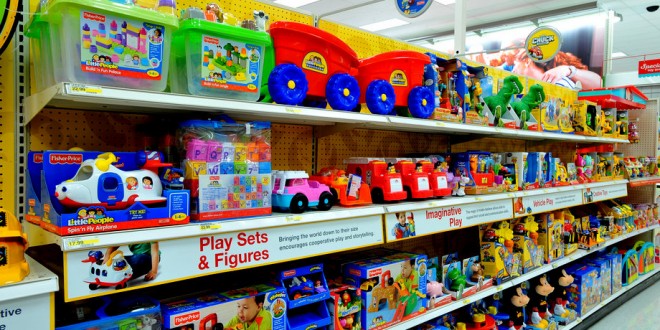In part one of our “Breaking the Gender Barrier” series, we showed you Barbie’s 2015 “Imagine the possibilities” campaign, and as it turns out, Barbie is at it again! She and her friends are getting their first ever makeover since creation in 1945.
The iconic dolls now come in shapes, sizes, skin tones and eye colours that reflect the diversity of the world – celebrating healthy self-images and promoting the idea that there is no such thing as “ideal” beauty.
But she hasn’t stopped there. In another great leap for gender equality, the brand recently featured a boy in their Moschino Barbie advert. This was a first for the brand, with the young male fashionista helping to show that all children can enjoy the doll, no matter their gender.
Moschino Barbie!
With the majority of Americans in favour of gender equality , Barbie’s history-making move got us thinking… what are other brands doing to combat gender norms amongst young consumers in one of the world’s biggest consumer markets?
On Target for Equality
In a very controversial move, American retailer Target made the announcement last year that they would be removing gender designations from their stores. The decision, which was received with mixed reviews, won’t apply to everything in their store, but shoppers will no longer see “boy” and “girl” toy sections. Rather than encouraging gender stereotyping among their youngest customers, all toys will remain that – toys. Pink toys, superhero toys, trucks or even Barbies… they’ll all share the same space, helping to let the child decide what s/he wants to play with!

Get emoj-inal
In P&G’s latest instalment of the Always brand’s #LikeAGirl campaign, viewers learn that gender stereotyping and inequality are present in even the most innocent of places – emojis. As the video shows, these cartoon text messages only represent females in stereotypical situations like while getting pampered or married… and of course, in playboy-esque bunny costumes – just the kind of sexualised message that every 13 year old girl needs, right? Wrong. Always asks the girls in the video what emojis they would like to see representing women, and their answers are far from what’s made available to them today.
#LikeAGirl
In P&G’s latest instalment of the Always brand’s #LikeAGirl campaign, viewers learn that gender stereotyping and inequality are present in even the most innocent of places – emojis. As the video shows, these cartoon text messages only represent females in stereotypical situations like while getting pampered or married… and of course, in playboy-esque bunny costumes – just the kind of sexualised message that every 13 year old girl needs, right? Wrong. Always asks the girls in the video what emojis they would like to see representing women, and their answers are far from what’s made available to them today.
#LikeAGirl
Potty mouths for progress
FCKH8.com is a for-profit t-shirt company with a self-described “activist’s heart and a passionate social change mission”. The brand is well known in America, thanks to their humorous viral video campaigns. In our personal favourite, the brand rallies for feminism the best way they know how – with humour and a bit of shock factor. In the campaign, entitled “F-Bombs for Feminism”, pint-sized feminists take turns bringing sexism to the attention of viewers. While it’s certainly hilarious (-ly shocking) to hear these “potty-mouthed princesses”, the messages they are communicating represent serious hurdles in the fight for gender equality.
F-Bombs for Feminism
Engineering her future
In 2014, Verizon helped to show how words can impact a young girl’s confidence. Engineering is generally thought of as a man’s career, but why? This campaign goes as far as to suggest that gender stereotyping at a young age can actually discourage future female engineers from ever pursuing their passion. As the advert shows, inadvertently reinforcing stereotypes, like the idea that girls should be prim and proper and can’t get their hands dirty, is harmful. If a boy can do it, so can a girl!
Inspire Her Mind
While some are clearly pushing for the more generalised goal of simply “letting kids be kids”, #girlpower is certainly the overall message for most campaigns. We know that brands have translated this running theme of equality for their adult female viewers, but what about men? Stay tuned for part three of this series: Dadvertising.
Read more from Creative Culture in our Clubhouse.